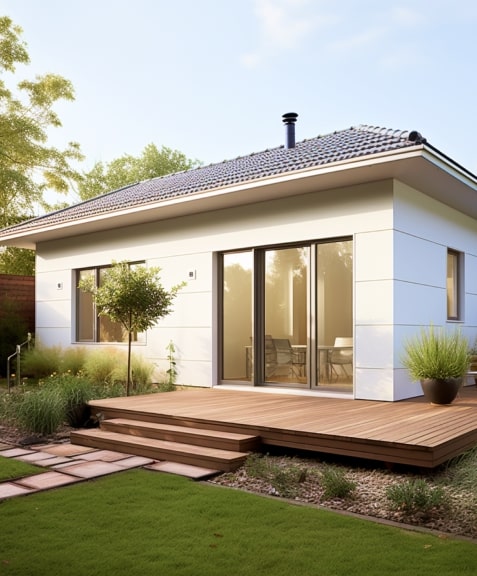
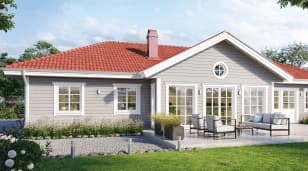
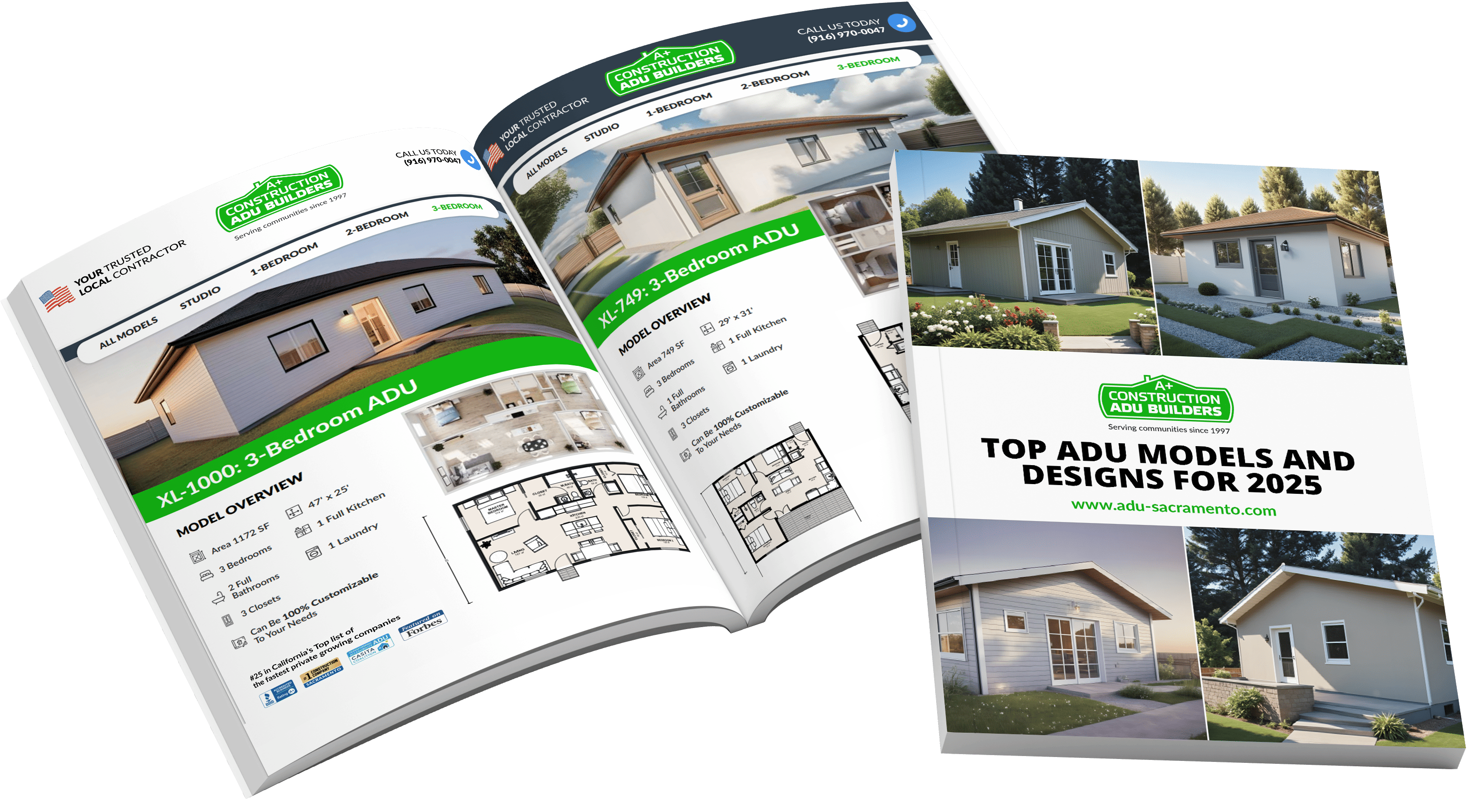

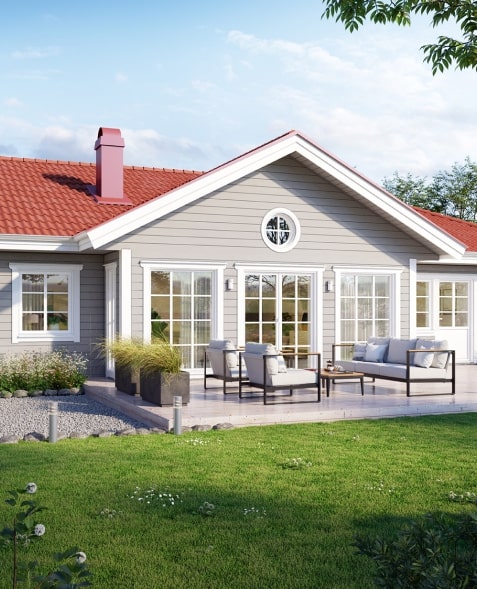
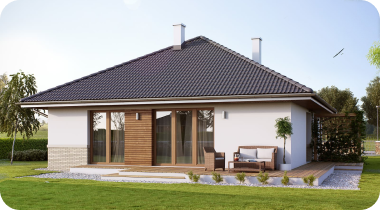
A link to download your FREE brochure will be in your inbox in 3 minutes
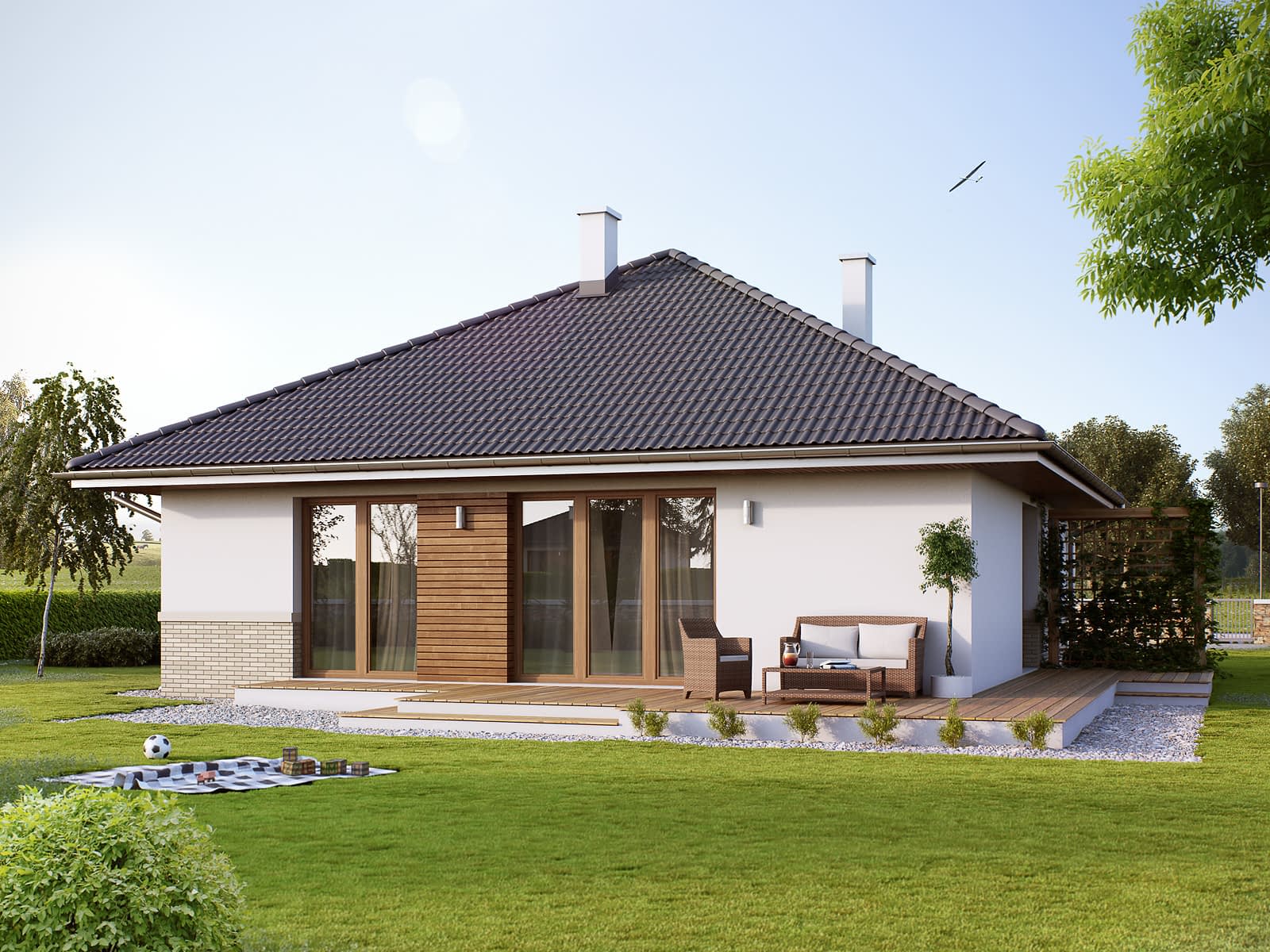





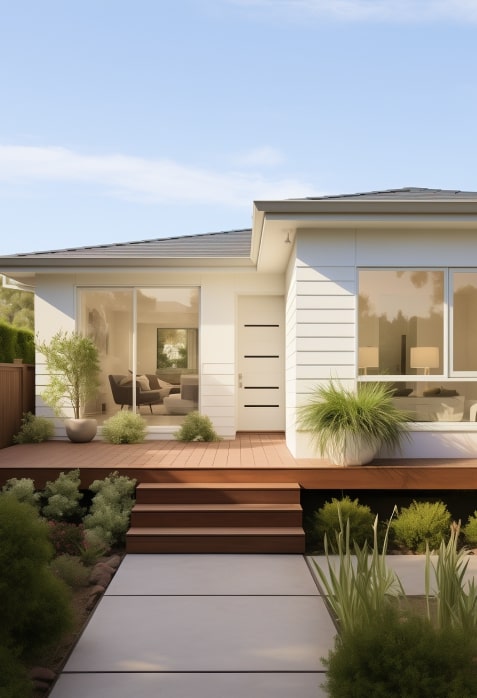
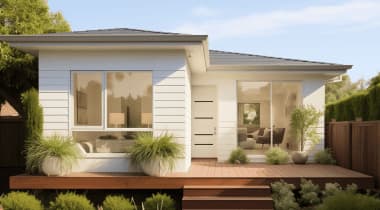











The final price may vary based on project specifics.
To get a free accurate quote tailored to your needs, book a consultation with us today!

The price per square foot provided is an average and may vary depending on project-specific details such as materials, location, complexity, and other factors. Actual costs may differ from the average provided.
It is recommended to obtain a detailed quote based on the specific requirements of your project.

Please note that the monthly payment displayed on this page is an estimate and is subject to variation based on the selected loan product, applicants credit score, loan amount, and other financial details. Actual monthly payment may differ from the estimate provided.
It is recommended to seek advice from a financial advisor or loan officer to obtain precise payment information tailored to individual circumstances.
 Your Trusted
Local Contractor
Your Trusted
Local Contractor
In the 1950s and 60s, the architectural landscape of almost any city was monotonous. Standard two-story houses, garages with two parking spaces, and a lawn with fences were the main attributes of that time. Since then, the construction industry has changed dramatically, and today, the most common neighborhood is replete with houses of the most unusual configurations. Among all the options, two units have the greatest demand, namely, duplex and accessory dwelling units.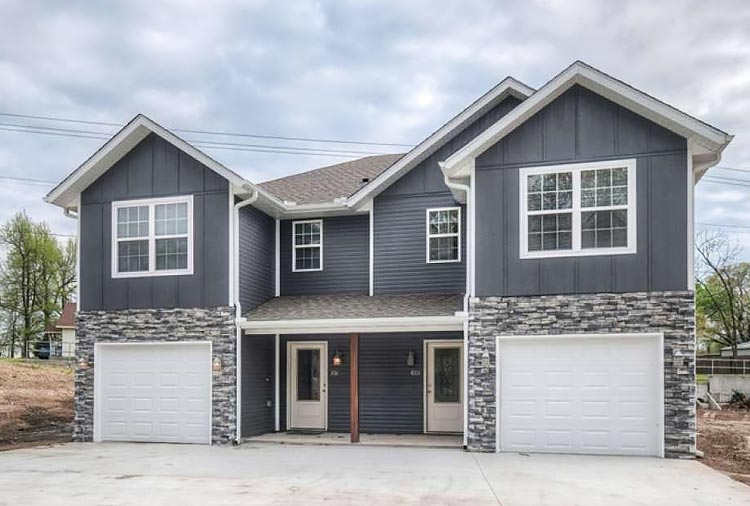
Very often, house owners confuse these two living variants despite the fact that they have many more differences than similarities. To avoid such embarrassment, today we will tell you the main difference between a duplex and an ADU, what additional factors will help you distinguish one structure from another, and which properties, on the contrary, make a single-family home related to a multi-family housing space.
ADU and duplex have a very long history. Some experts believe that the roots of ADU go back to the times of the ancient Greeks, who began to build additional units near the existing living space to increase household indicators. Duplexes have also been known to mankind for decades. However, this residential configuration is less popular. To avoid misunderstanding in the further parts of our review, let’s define what a duplex is.
In a nutshell, a duplex is a two-family house. A little more expanded, a duplex is a living space in the format of a large house divided into two equal residential territories for each family. Each residential part of the duplex has a separate entrance, its own life support system, as well as a unique interior and exterior design.
The construction of duplexes is a very profitable business because, after the completion of one house construction, two families can start living in it in full comfort and coziness. Now, that you have a basic idea of what a duplex is, it is time to move on to its special characteristics.
Why do many homeowners very often confuse a duplex with an accessory dwelling unit? Its configuration is very similar to the attached ADU, which shares borders with the primary dwelling unit and forms a single living space. However, a partial visual similarity should in no way disrupt the overall perception, as any duplex is very different from any ADU configuration, whether we talk about detached or attached units.
The following five characteristics will help the property owner draw a clear line between these residential projects:
The key factor that will help you distinguish duplex from ADU is the structure of emails received. The formula is simple: in the case of a duplex, correspondence comes to separate mailing addresses because different families live in the duplex with separate housing documents. In the case of single-family homes in the format of a main house plus an ADU, all letters arrive at the same address, and there is simply no division between primary and additional units.
We can apply a similar explanation to the point about life support systems. If, in the case of ADU, secondary units are dependent on the main houses, then if we are talking about duplexes, families have different communal systems. First, homeowners individually pay monthly bills and receive separate bills. Secondly, builders install separate meters for hot and cold water, electricity, and gas inside one duplex. Thirdly, at the request of property owners, they can change these systems individually. For example, they can update the wiring or ventilation without coordinating this action with a neighbor in the duplex.
Each owner of the property can lease out his home to receive rental income. However, it is obligatory to ensure compliance with certain rules. One of the regulations allows you to distinguish ADU from duplex very clearly. In particular, if people live in a multi-family unit, they can rent out their part of the duplex while not being on the territory of the duplex itself, which is impossible in the case of a single-family residential dwelling unit.
A routine visual inspection of the duplex layout is also a litmus test to identify the housing area configuration. If two families live in the house, the number of rooms is automatically doubled. That is, in a duplex, you can find at least two kitchens, two baths, two laundries, two living rooms, and two bedrooms, although usually the number of bedrooms ranges from three to five. The last fact is the most crucial since no ADU format, whether it is an attached or detached unit, implies the presence of such a number of beds.
A small analysis of zoning laws will easily allow the property owner to dot the i. The fact is that when building an accessory dwelling unit next to the main house, homeowners need to go through a complex construction legalization procedure, get permits, and fit into the established zoning regulations. In the case of a duplex, there is no such need because, according to the definition of law, two families can live in a duplex, and there is no need to prove this through special procedures.
Another difference is the historical context. If you study the documents of some multi-family properties, you will quickly come to the conclusion that historically, builders designed these living spaces for several families to live separately; therefore, in the duplex, there are several independent residential zones. On par with this, an analysis of primary dwelling units documents with secondary units on the same parcel will show that ADU did not appear immediately but appeared as part of a remodeling project.
By analogy with the previous review part, we can say that accessory dwelling units have visual similarities with duplexes, which leads homeowners to mess in their thoughts. However, this thesis is relevant only in relation to attached structures. In the case of one or two dwelling units of detached configuration, it is very easy to distinguish one type of living space from another.
For all other cases, it is not superfluous to know the main distinctive properties of accessory dwelling units:
There are two ways of ADU development, namely, the construction of a new unit from scratch and the conversion of an existing living space. The first option is typical for attached units and detached ADUs, e.g., guest houses or mother-in-law units. However, much more often homeowners choose the second option because it is more cost-effective and multifaceted in terms of possible configurations. For this reason, projects such as attic conversion, garage conversion, or basement transformation are very popular. On par with this, if you see that in front of you is a converted garage, basement, or tiny house in the backyard, then this is definitely an ADU, not a duplex.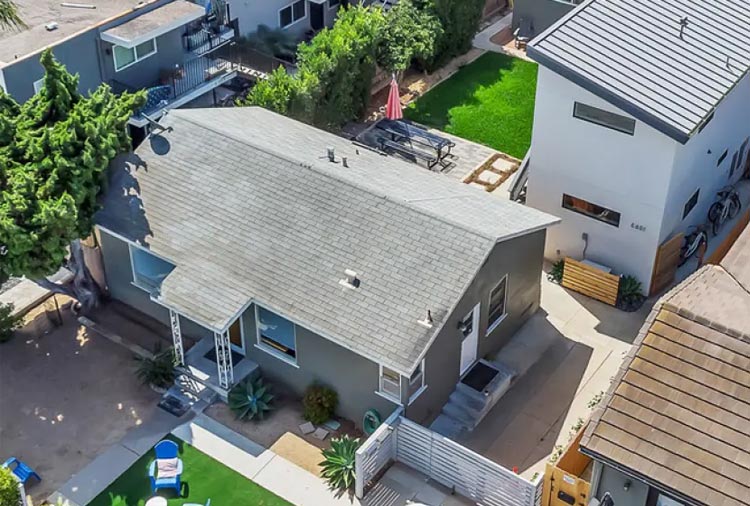
Conversion structure
Multi-family properties rarely retain stylistic uniformity, and the explanation for this is very simple. Different house owners have different taste preferences for the organization of the interior and exterior, so often, one part of the duplexes is on one stylistic scale, and the other is on a completely opposite scale. Such a development is an exception for single-family residential dwelling units because property owners try to maintain the unity of style during the ADU construction. Therefore, most often, an attached or detached unit copies the exterior of the main house.
The duplex is a single structure. Moreover, in most cases, the left part of the duplex is a mirror image of the right and completely repeats its layout. This is practically impossible if we are talking about accessory dwelling units. Firstly, for many owners of the property, the construction of a secondary unit is an opportunity to realize dreams and ideas about an ideal living area that does not fit into the framework of a standard main house. Secondly, almost any ADU configuration, be it a guest house or garage conversion, is a unique project, so all its components are very different from the primary home.
In contrast to the previous point, in terms of technical equipment, ADU is highly dependent on the main house. The vast majority of components of the life support system, from electricity to bathroom facilities, have a direct connection to the primary residence meter. An exception to this rule may be detached ADU because homeowners usually try to make a fully independent housing area for private living, which means they separately connect the ADU to life support systems.
We have partially covered this point in the part about multi-family property, and here we will strengthen this thesis further. It is no secret that a rented, attached, or detached ADU can bring a solid passive income. However, there is one essential condition, in particular, which is that the homeowner cannot leave the main home if he wants to rent out the ADU. It is permissible to live in the main house and rent out the ADU for tenants, but it is not permissible to rent out the entire property together with the ADU or leave for the period of renting the ADU out.
Let’s highlight another interesting factor, namely that builders construct the primary dwelling unit with ADU on the same lot for one family, unlike a duplex. Of course, a homeowner can place his parents and friends in the second unit or rent out a living space to another family. However, all these changes in the housing structure are temporary. We can not say the same about duplexes, in which different families can live for decades.
We have analyzed in detail the key differences between the two residential structures. However, you may have a reasonable question: are there any similarities between ADU and duplex against this background? Of course, they are, and in this part of the review, we will highlight these aspects.
Here are the three main similarities between accessory dwelling units and duplexes:
There are other similar points, e.g., both rented ADU and rented duplex can bring stable passive income, both of these configurations have separate entrances, and also open up opportunities for the implementation of your creative plans for the interior organization. In any case, buying a duplex or accessory dwelling unit development is a good deal that will provide comfort to the whole family.
Get a First Look at Real ADU Projects